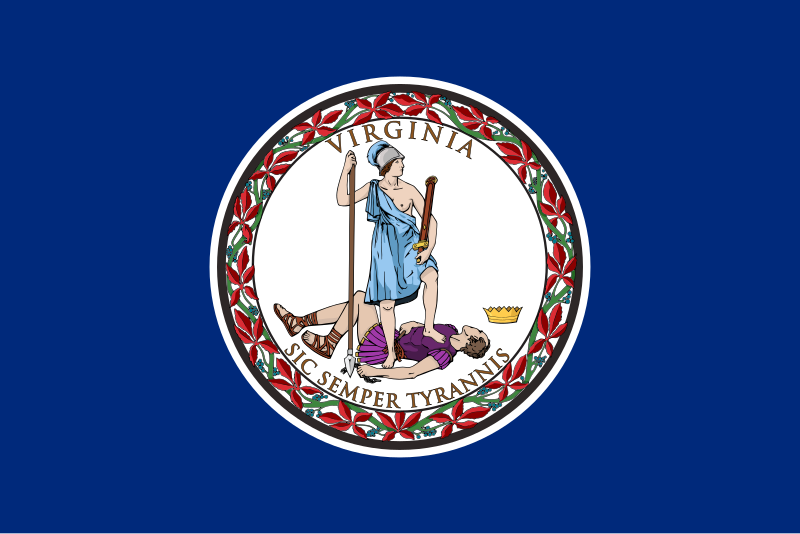Anybody send this to you on Facebook (100 times, maybe?)

Hoax claims about the Pledge of Allegiance, found on Facebook and innumerable e-mails
Clever, eh? It repeats the McCarthy-era editing of the Pledge of Allegiance, and then comes up with this whopper:
. . . My generation grew up reciting this every morning in school, with my hand on my heart. They no longer do that for fear of offending someone!
Let’s see how many Americans will re-post and not care about offending someone!
Not quite so long-lived as the Millard Fillmore Bathtub Hoax — which started in 1917 — but a lot more common these days.
Just as false. Maybe more perniciously so.
Consider:
- Actually, 45 of our 50 states require the Pledge of Allegiance in public schools. The five exceptions: Iowa, Hawaii, Oklahoma, Vermont and Wyoming. See any pattern there?
- None of the five states previously required the Pledge, and then stopped.
- None of the five states claim to not require the pledge in order to avoid offending anyone. Oklahoma would be happy to offend people on such issues, most of the time.
- Reposting historically inaccurate claims, without fear of offending anyone, is no virtue. It’s just silly.
The creator of that poster is probably well under the age of 50, and may have grown up with the hand-over-heart salute used after World War II. That was not the original salute, and I’d imagine the author is wholly ignorant of the original and why it was changed.

Wikipedia image and caption: Students pledging to the flag, 1899, 8th Division, Washington, D.C. Part of the Frances Benjamin Johnston 1890 – 1900 Washington, D.C., school survey.
Wikipedia gives a concise history of the salute:
Swearing of the Pledge is accompanied by a salute. An early version of the salute, adopted in 1892, was known as the Bellamy salute. It started with the hand outstretched toward the flag, palm down, and ended with the palm up. Because of the similarity between the Bellamy salute and the Nazi salute, developed later, the United States Congress instituted the hand-over-the-heart gesture as the salute to be rendered by civilians during the Pledge of Allegiance and the national anthem in the United States, instead of the Bellamy salute. Removal of the Bellamy salute occurred on December 22, 1942, when Congress amended the Flag Code language first passed into law on June 22, 1942.

Students in an unnamed school in 1941, offering the Bellamy Salute for the Pledge of Allegiance. Wikipedia image.
One might understand why the Bellamy Salute was changed, during war with Nazi Germany.
Arrogance and ignorance combine to form many different kinds of prejudices, all of them ugly. The arrogant assumption that only “our generation” learned patriotism and that whatever goes on in schools today is not as good as it was “in our day,” regardless how many decades it’s been since the speaker was in a public school, compounds the ignorance of the fact that since 1980, forced patriotic exercises in schools have increased, not decreased.
Like much about our nation’s troubles, assumptions based on ignorance often are incorrect assumptions. Consequently, they give rise to what is today clinically known as the Dunning Kruger Effect (or syndrome), so elegantly summed by by Bertrand Russell in the 1930s:
The trouble with the world is that the stupid are cocksure and the intelligent are full of doubt.
Humorously summed up by “Kin” Hubbard:
It isn’t what we don’t know that gives us trouble, it’s what we know that ain’t so.
Ignorance is a terrible disease, but one easily cured, by reading. We can hope.
More:
- A Socialist Wrote The Pledge Of Allegiance! (americanliberaltimes.com)
- History lesson – USA (episyllogism.wordpress.com)
- Parents fight to ban Pledge of Allegiance in court (huffingtonpost.com)
- Pledge of Allegiance challenged in Massachusetts Supreme Court (usnews.nbcnews.com)
- In 1943, the Supreme Court determined that the Free Speech Clause of the First Amendment protects the right of a student to NOT recite the Pledge of Allegiance; Jehovah’s Witnesses students had been reprimanded in West Virginia, but they protested that the Pledge is exactly the sort of oath their religion claims to be against God. The case is West Virginia vs. Barnette 319 U.S. 625 (1943). Explanation of the case here; full text and more history of the case here, at Oyez; in irony the maker of the poster above will miss, Justice Jackson pointed out that the First Amendment especially protects Americans against the tyranny of forced thought
- What the First Amendment means when saluting the flag and religion collide, in 1943 (timpanogos.wordpress.com)
- The Pledge of Allegiance was first recited by students in many U.S. public schools today in 1892, as part of a celebration marking the 400th anniversary of Columbus’s voyage to America. Now WE know em (carl-leonard.com)
- An Open Letter to the Principal of My Kids’ Elementary School: Let’s Drop the Pledge of Allegiance (patheos.com)
- Students react to Pledge of Allegiance (pcepperspective.wordpress.com)



 Posted by Ed Darrell
Posted by Ed Darrell 


























